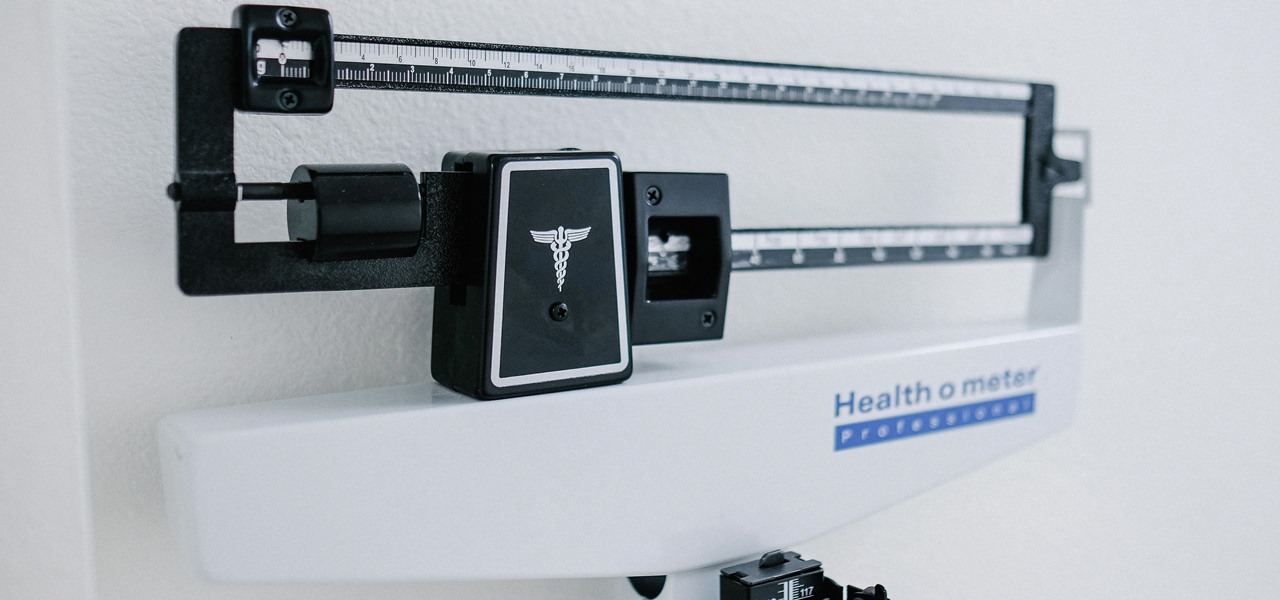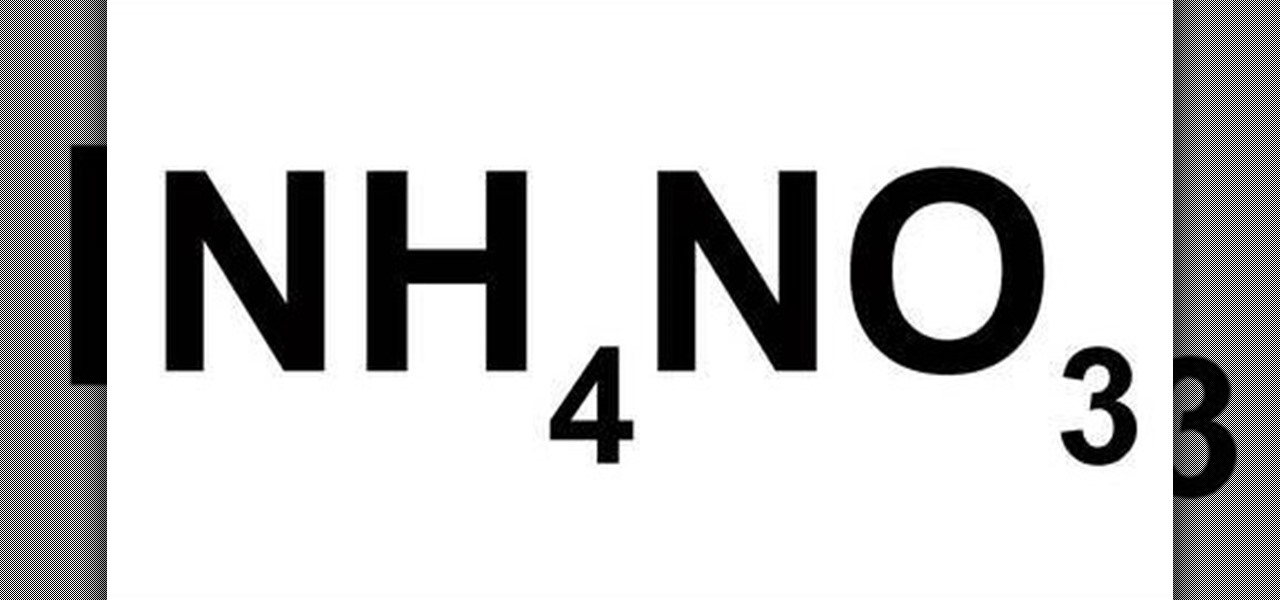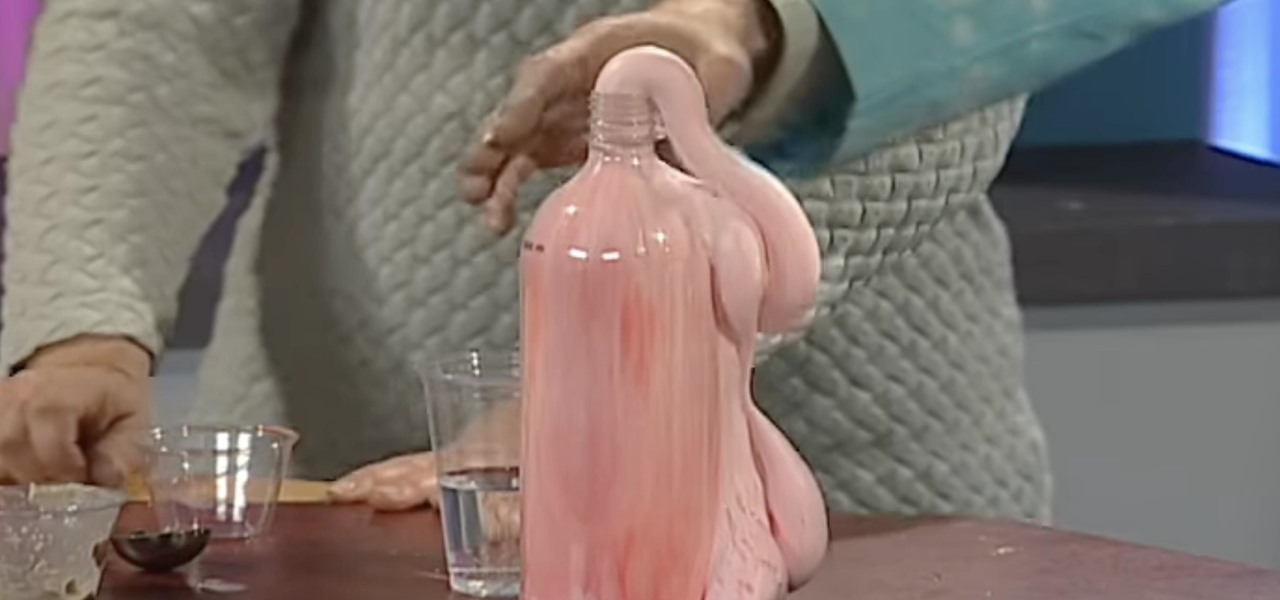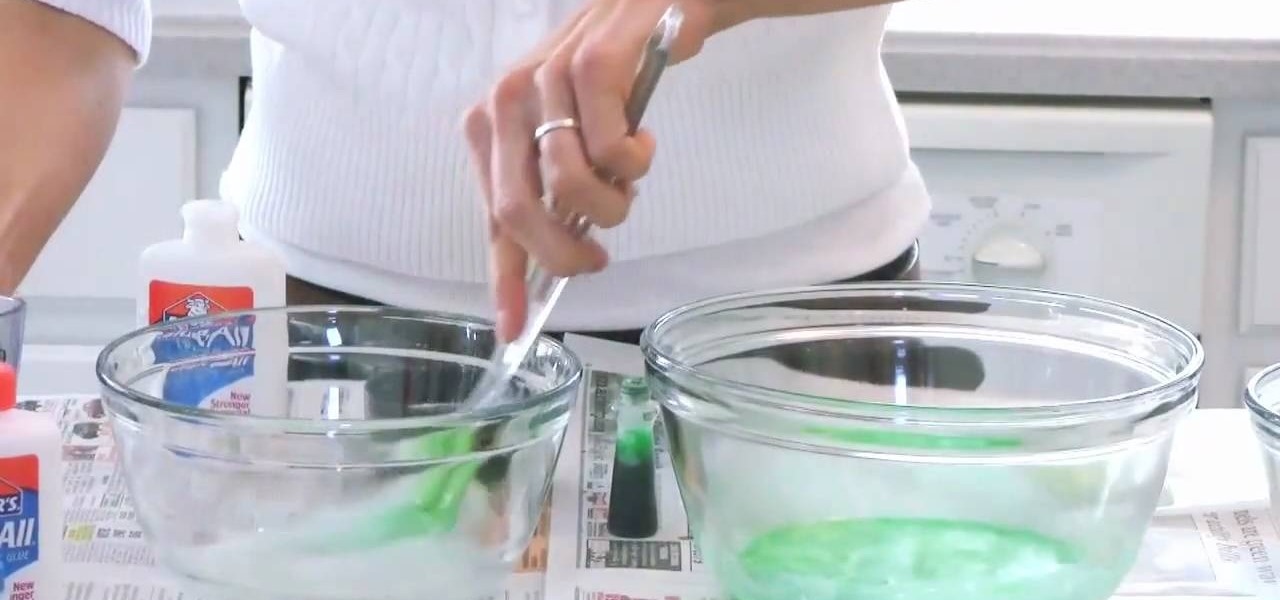Science Experiments How-Tos

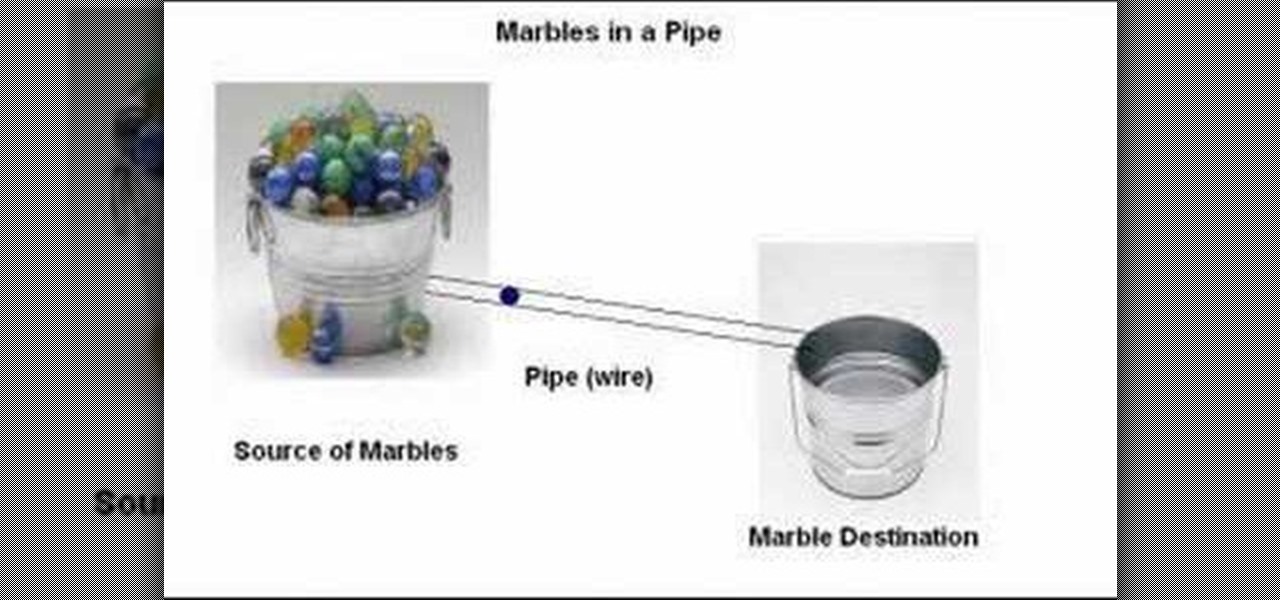
How To: Make electrical circuits
This video introduces the concept of an electric circuit and how electrons flow through the wire. It describes the difference between an open and closed circuit, and the importance of continuity.
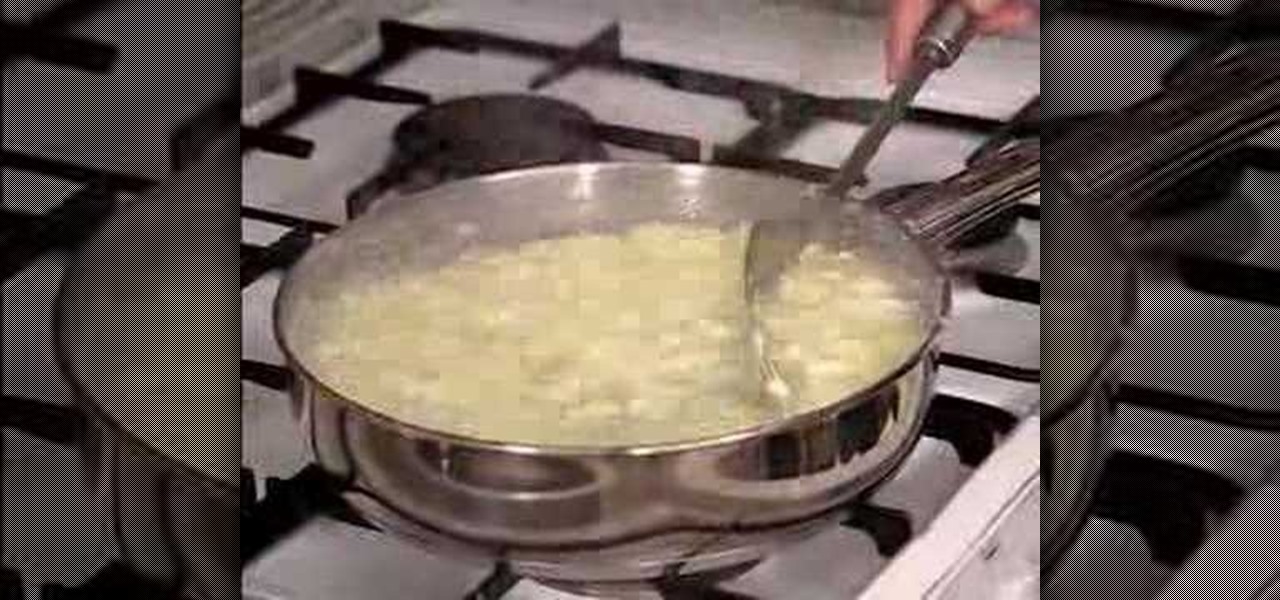
How To: Make polymers in the kitchen
Caroline and Val from New Scientist make plastic from milk and vinegar. Sure it likes like food at first, but leave it for a couple days, and it will be plastic. Just try it for yourself.
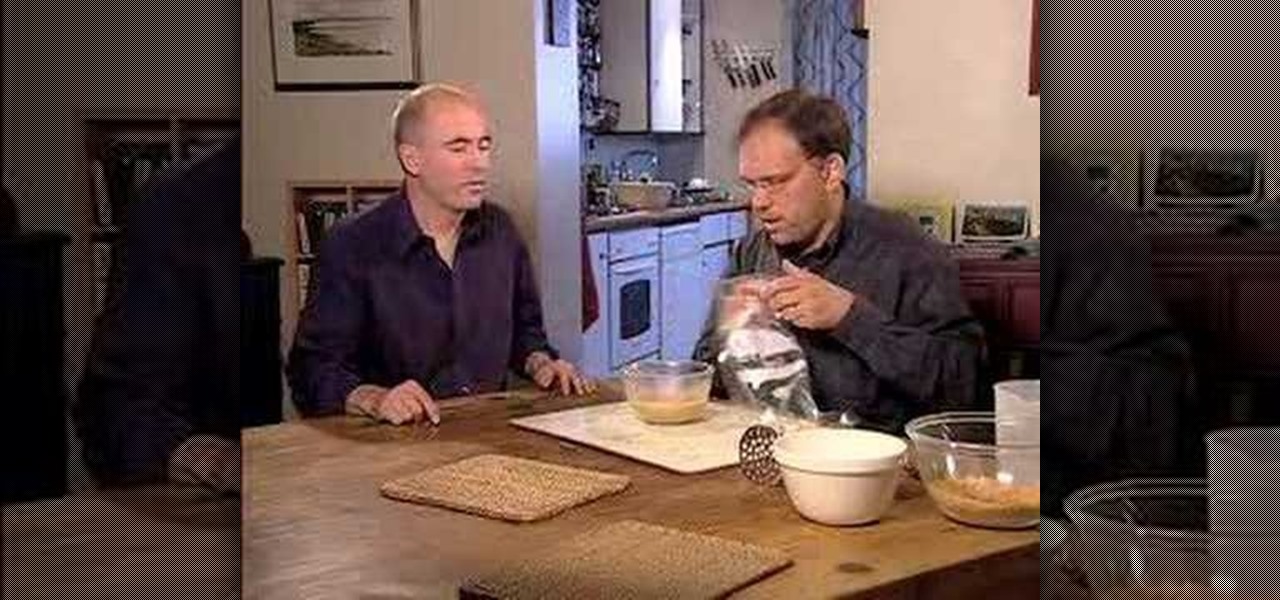
How To: Extract the iron from your cereal
Ivan and Mick from New Scientist show us how to get the iron out of fortified breakfast cereal. You won't believe how much you can find!
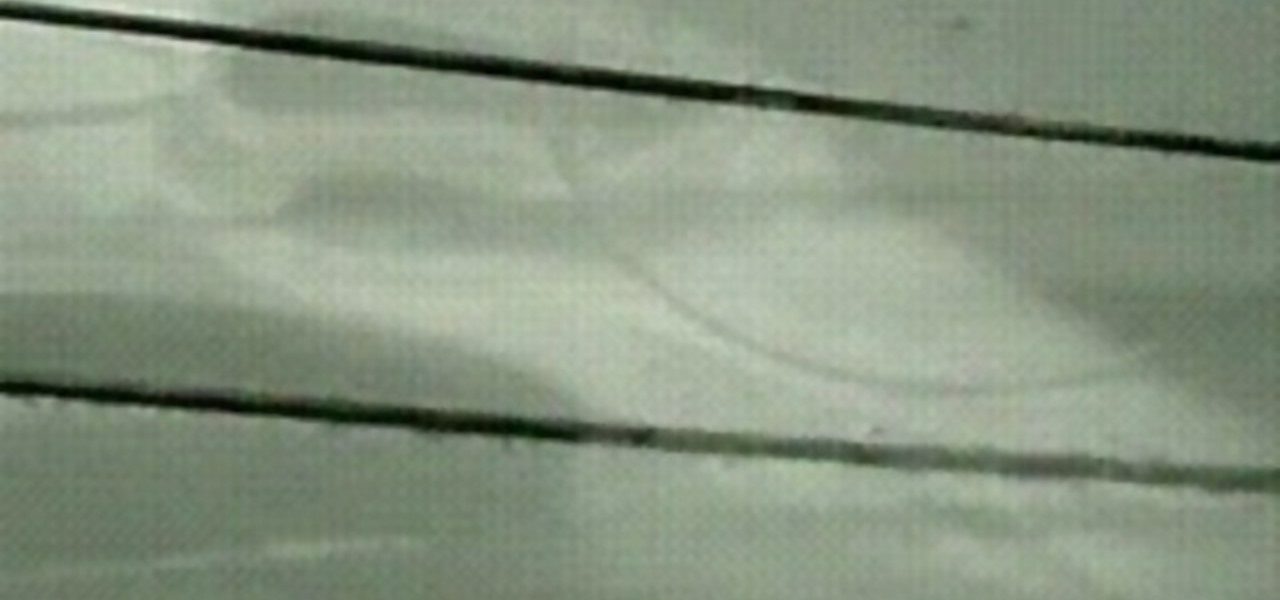
How To: Perform electrolysis with pencil lead
See how to do electrolysis of water with graphite (lead from a pencil). The positive side has oxygen bubble, and the negative side has hydrogen bubble. Just get a 9V dry cell battery.
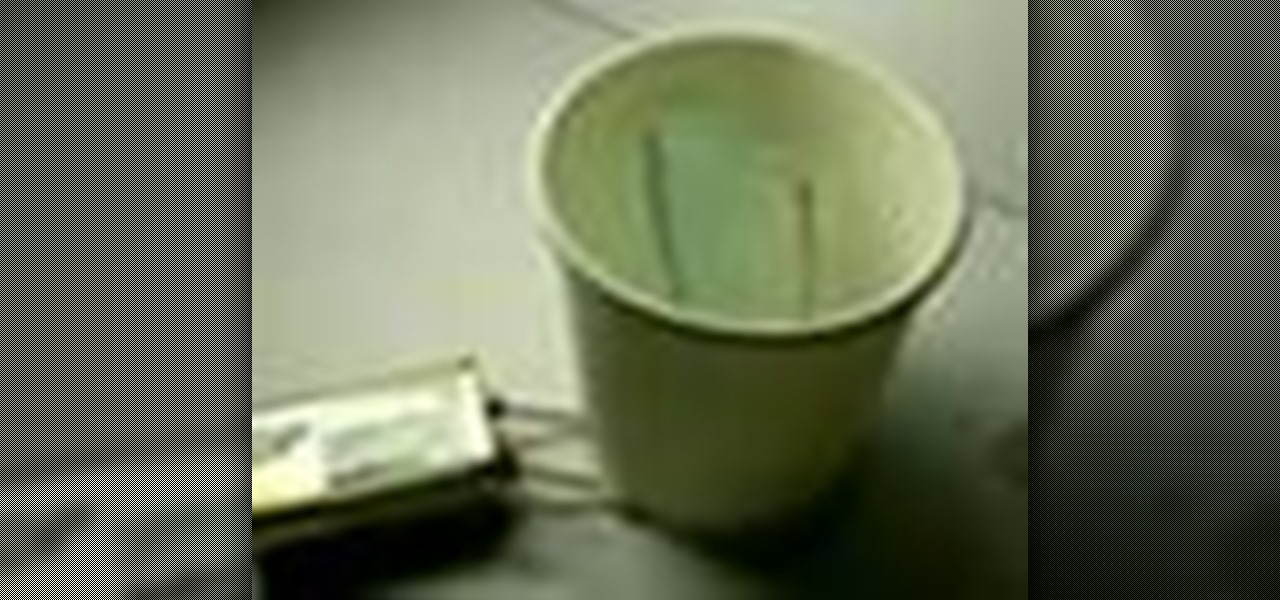
How To: Perform electrolysis, the cool way
See the electrolysis of water (baking soda dissolved) with copper wire. The negative side has hydrogen bubble, and the positive side has oxygen bubble. Watch the positive side as the water turns blue.
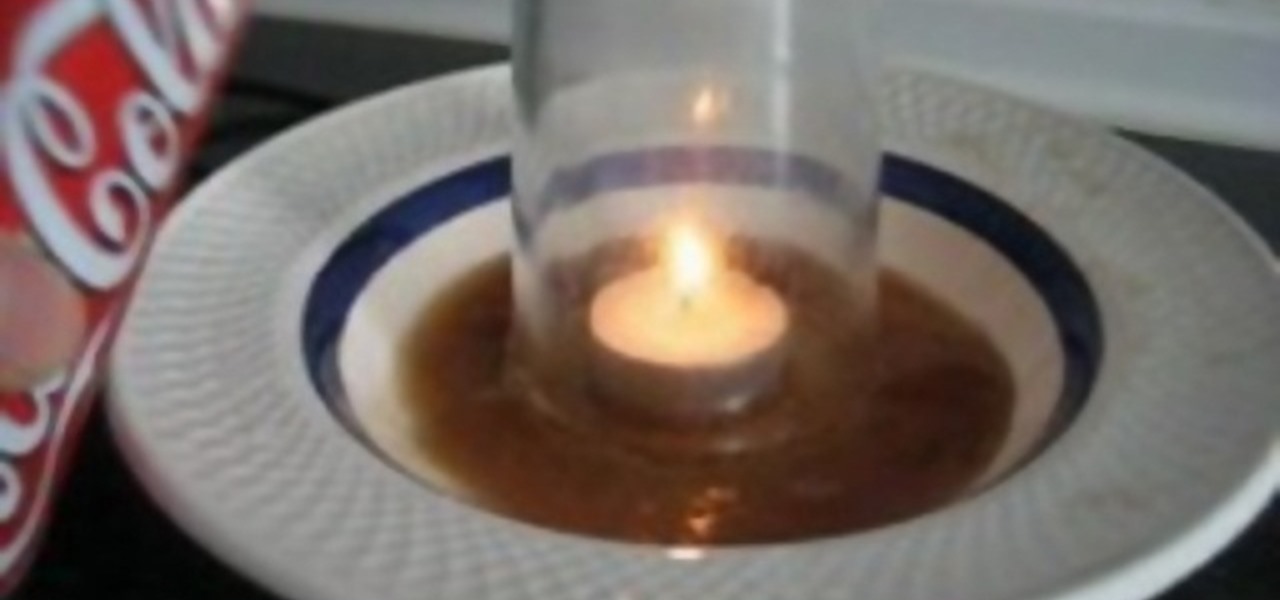
How To: Get liquid from a bowl into a glass with just a candle
This is an amazing, scientific, rise effect with just a candle, a cup, and a Coke. Anybody can do it, so why not?

How To: Turn a penny into gold
These guys make pennies change color in class. No, it's not real gold, and by the way - no, it's not real gold. Just watch and see how to do real alchemy, like you would in chemistry class.

How To: Make a miniature volcano model
This video shows you how to make an extremely realistic, miniature volcano. You can get the Ammonium Dichromate off of eBay for around $10 a pound; a pound will easily yield over 25 volcano demonstrations. This easy DIY pyrotechnic demo will amaze any audience. Don't you just love chemistry?
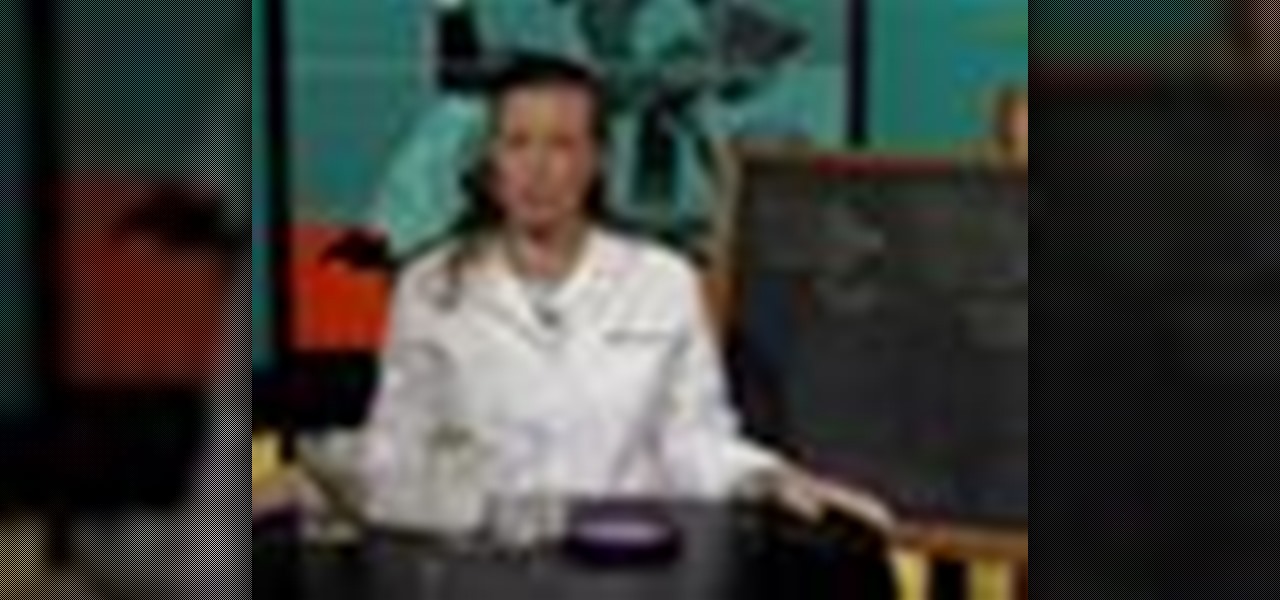
How To: Create fire from a pair of sunglasses
Dr. Kiki creates fire from a pair of glasses, Moujan transforms an empty wine bottle into a lamp, and Heather reveals an underground band who hails from Tokyo!
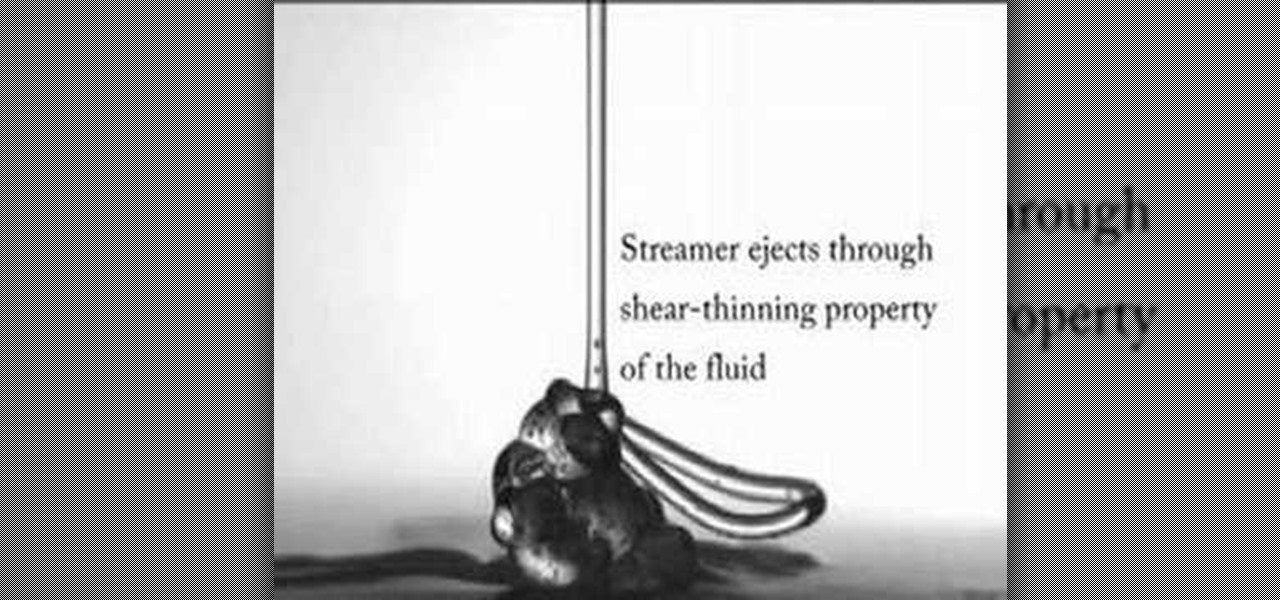
How To: Make your shampoo leap with the Kaye effect
Scientists of the University of Twente in the Netherlands won a prestigious place in the 'Hall of Fame' of videos about fluid-in-motion. They have made a video of leaping shampoo, in which they explain the so-called Kaye effect. Scientifically interesting, but also of great aesthetic beauty! Get out your shampoo and try it yourself.
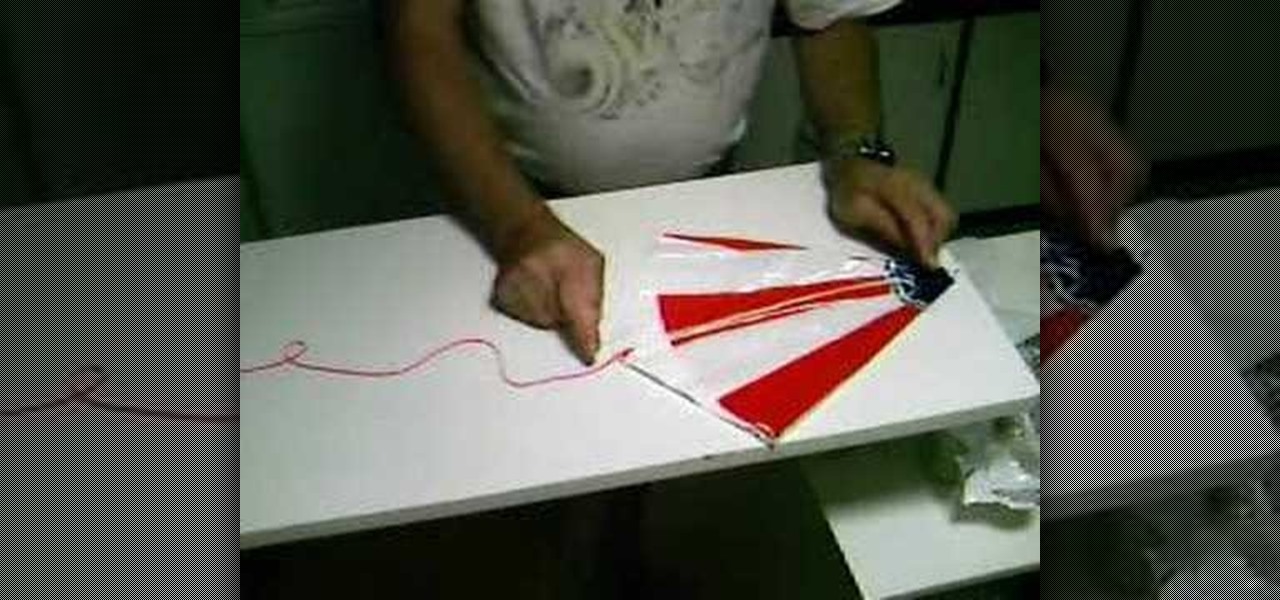
How To: Fold a model rocket parachute
Lots of newbies ask about this. Don't know why, but okay, here's how to do it -- folding a parachute for a model rocket.

How To: Create a magnetic field for sifting through the sand
It's time for a 'science is fun' video! Bar magnets put in a DVD case show how combined magnetic fields can be used to hold another magnetic object in place, even when it's an inch or so away from the actual magnet. You can even get mangnetic sand (iron, etc.) from the beach!

How To: Check your own DNA
A science experiment you can do at home to gather a visible cluster of your own DNA. You need salt, dishwashing liquid, denatured alcohol, measuring tool, spoon, small glass/test tube/vodka glass, magnifying glass. Check your own DNA.

How To: Cut a glass bottle with string
A trick for cutting a glass bottle. Cut a glass bottle with string.
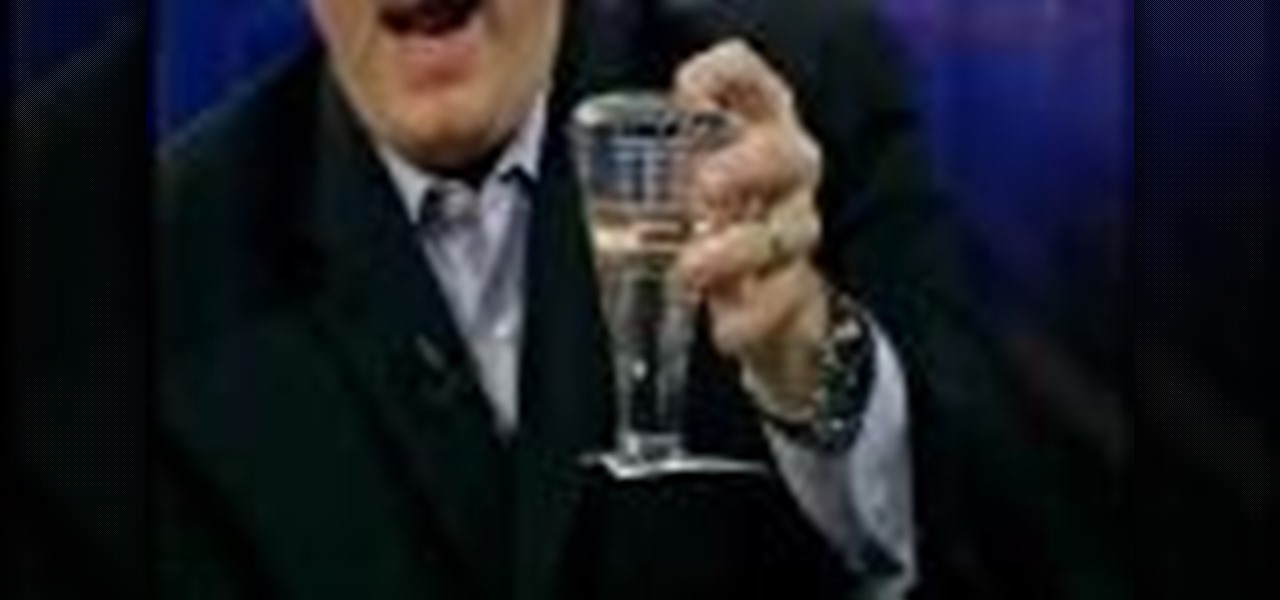
How To: Experiment with air pressure using a water glass trick
Steve Spangler shows a science experiment in which a glass of water is able to suspend a card in mid air.

How To: Make an ocean in a bottle
Learn how to make an ocean in a bottle. This video shows how to make a Cartesian diver. It is named after Rene Descartes, a famous French scientist, mathematician, and philosopher. Make an ocean in a bottle.
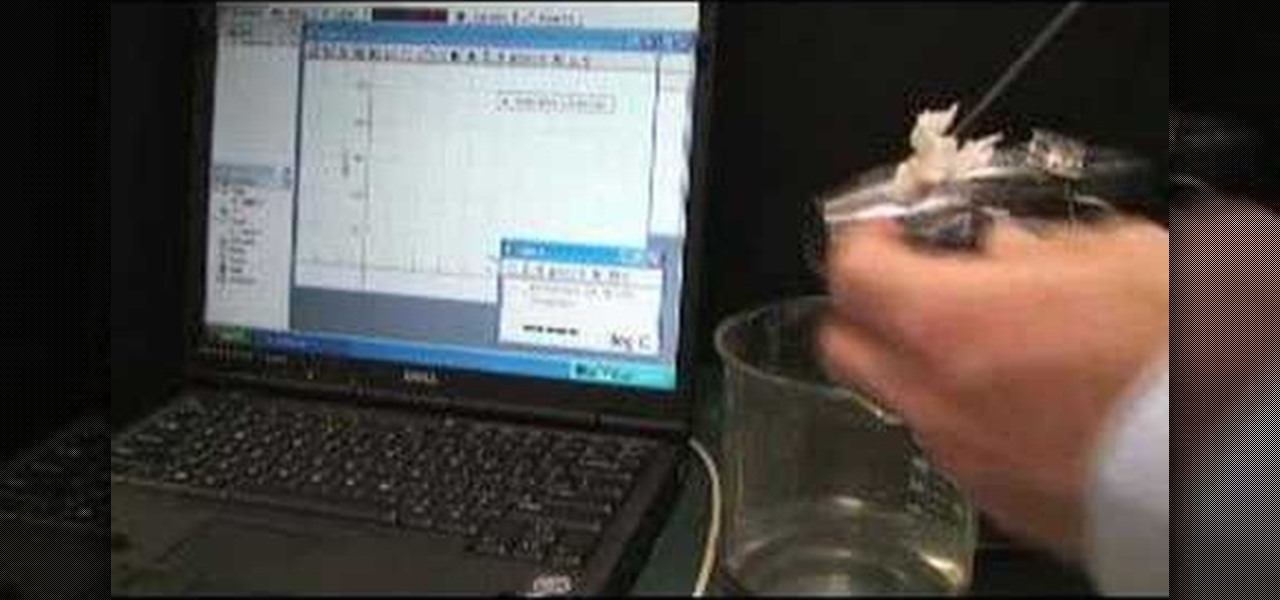
How To: Demonstrate cooling by evaporation
A lab exercise that demonstrates how evaporation of water lowers the temperature. Also, how surface area affects the rate of evaporation.
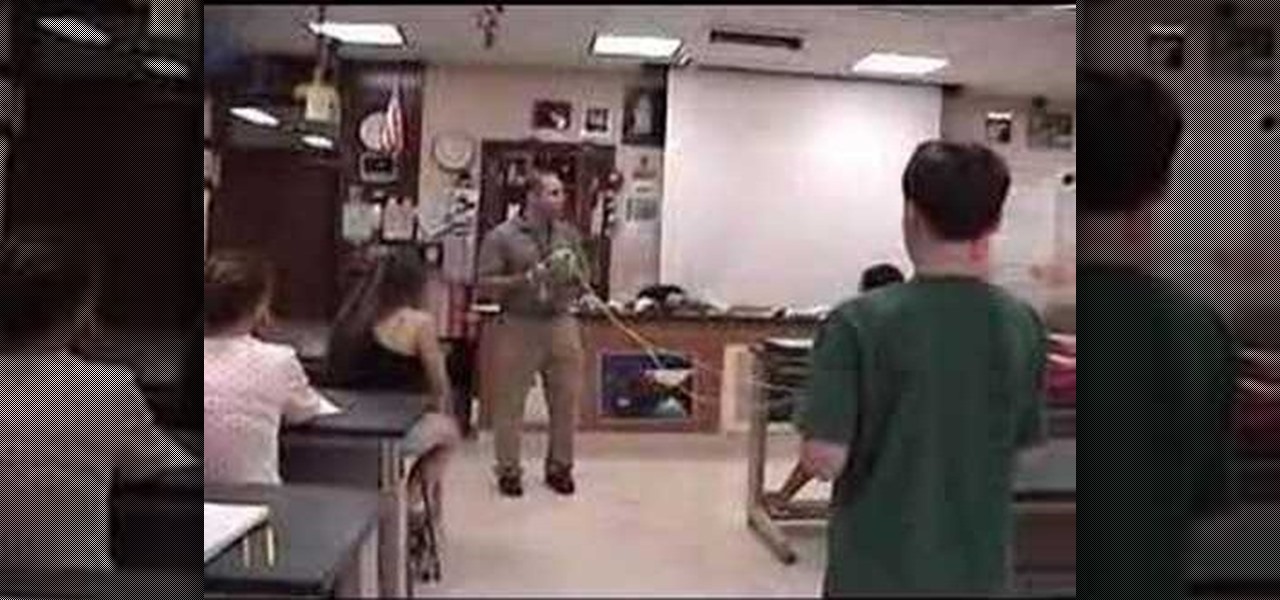
How To: Do a demonstration of the Doppler effect
This video is an excellent example of how to demonstrate the doppler effect in the classroom.
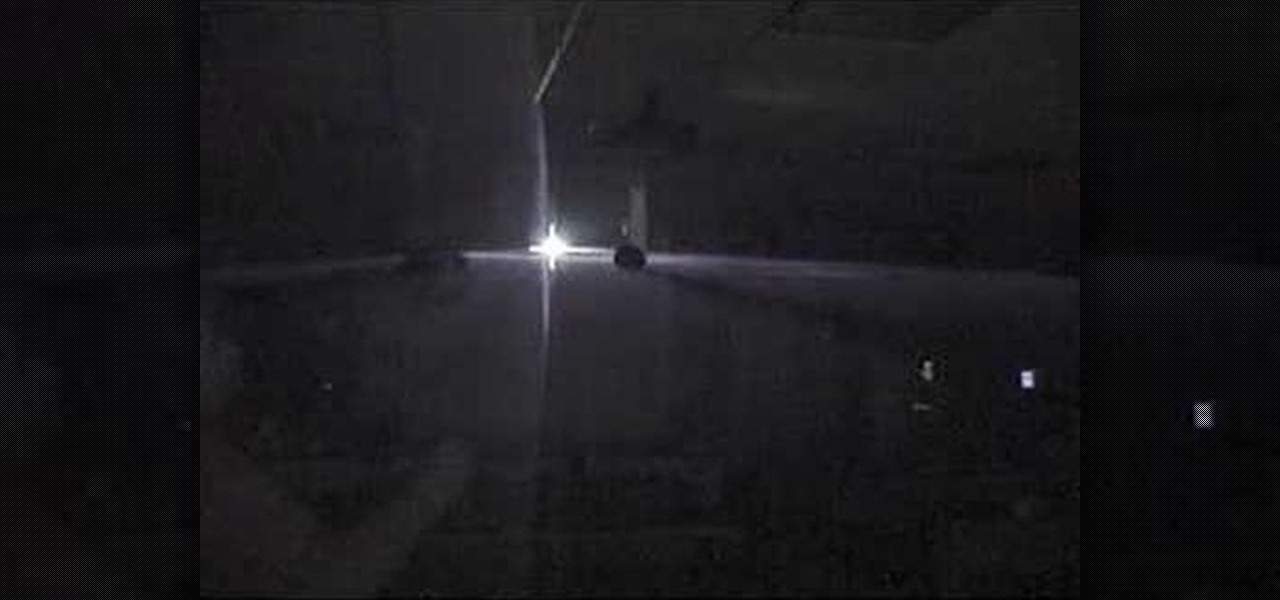
How To: Make 3 dimensional projections in a classroom
Learn a technique to project 3-dimensional surfaces floating in the air in a classroom.
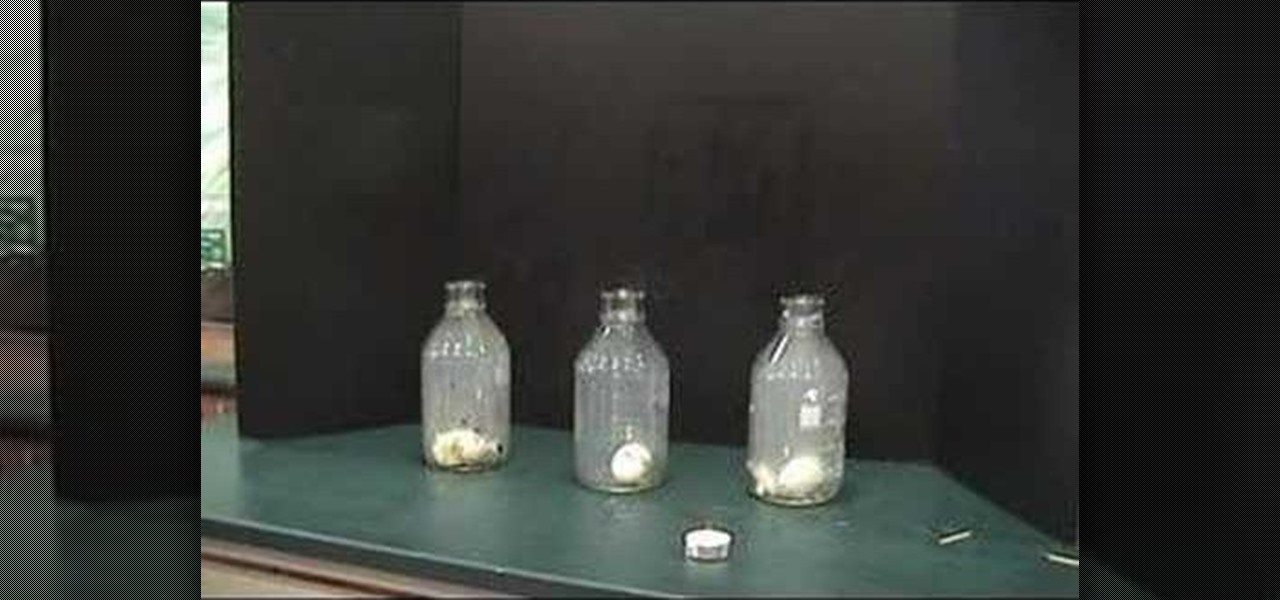
How To: Suck a hard boiled egg into a bottle
Learn how to suck a hard boiled egg into a bottle using air pressure.
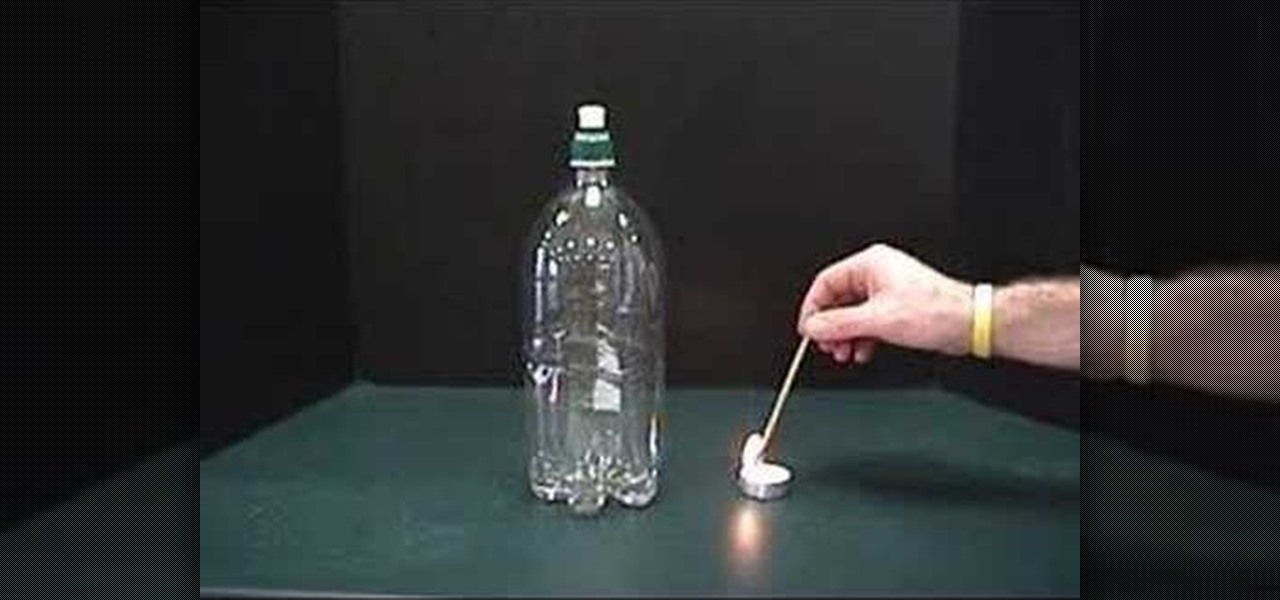
How To: Make clouds in a bottle
Learn how to make clouds in a bottle with this great science experiment.
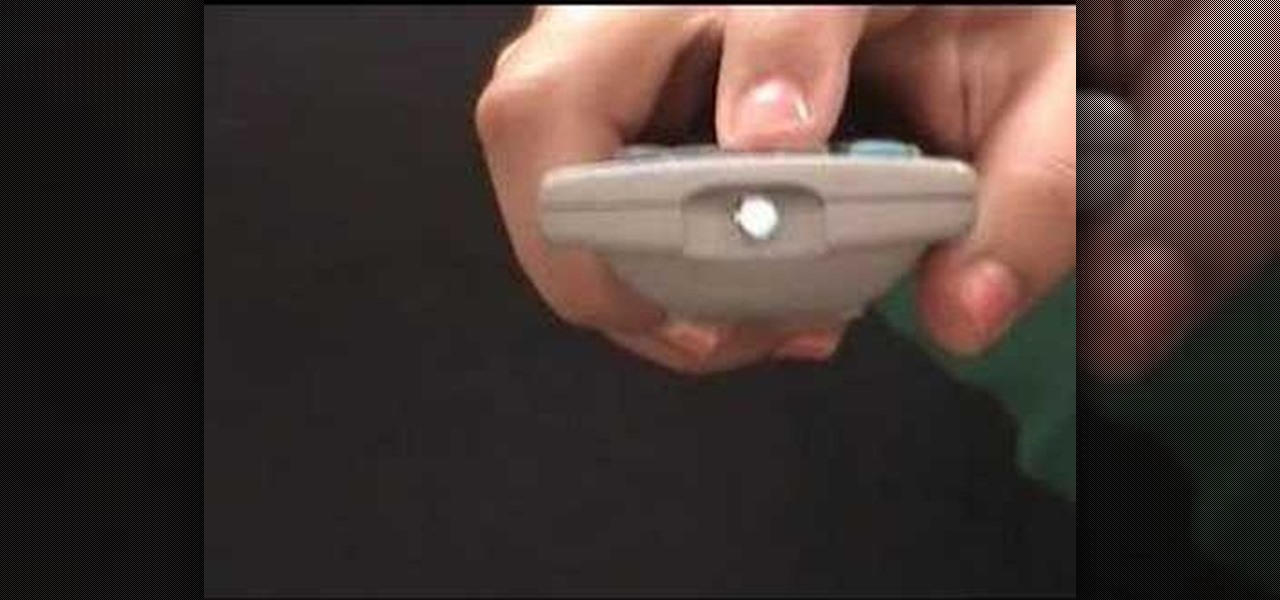
How To: See infrared light
Infrared light is just outside our visual range. Here is how to use a typical camcorder to see the infrared light from a remote control.

How To: Boil water with ice
A classroom demonstration of the effects of lowering the air pressure on the boiling point of water.
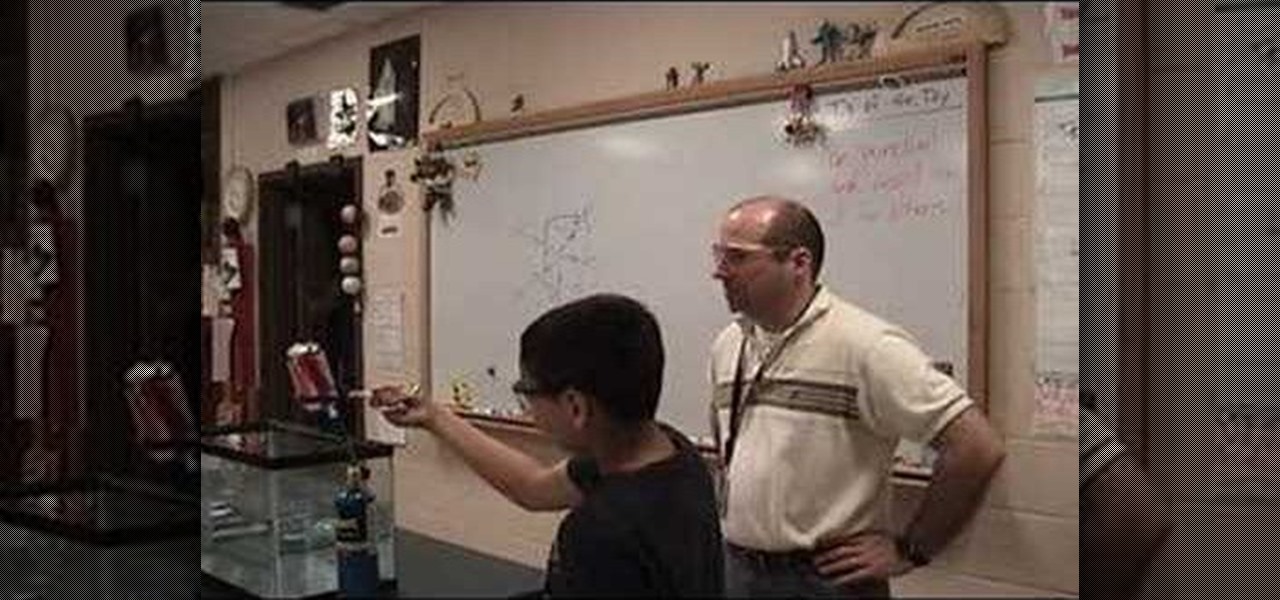
How To: Crush an aluminum can with air pressure
Learn how to crush an aluminum can using regular atmospheric pressure with this classroom demonstration.
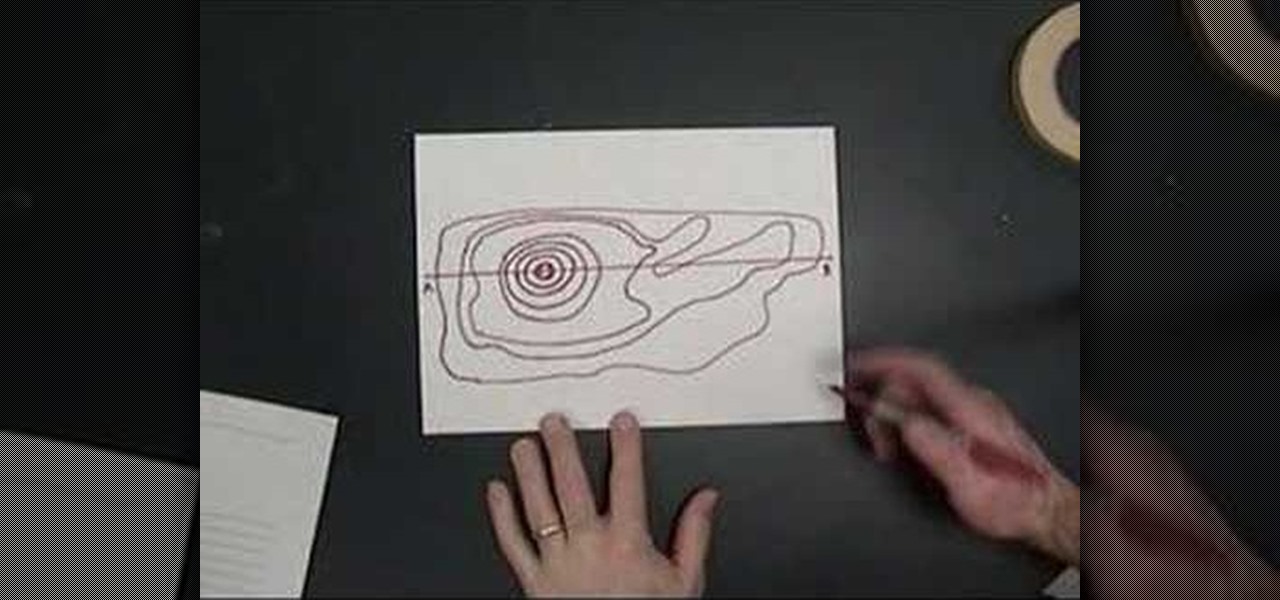
How To: Make a topographic profile
Demonstration on how to make a topographic profile for an Earth Science Lab.

How To: Do this quick foot experiment to trick your brain
This week's experiment has made the rounds through the Internet as a strange trick, but there is science here too. We are going to use the science of complex systems to confuse your body. To try this, you will need:
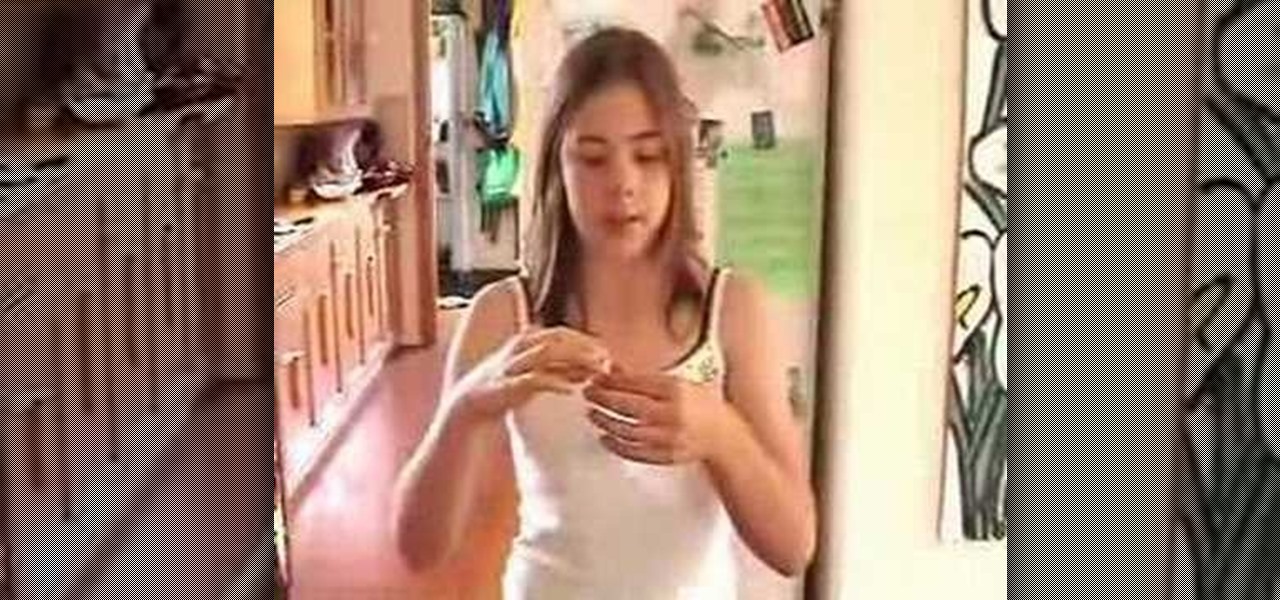
How To: Make a mini hot air balloon with a tea bag
In this video learn how to make a mini hot air balloon. This experiment is great for kids.
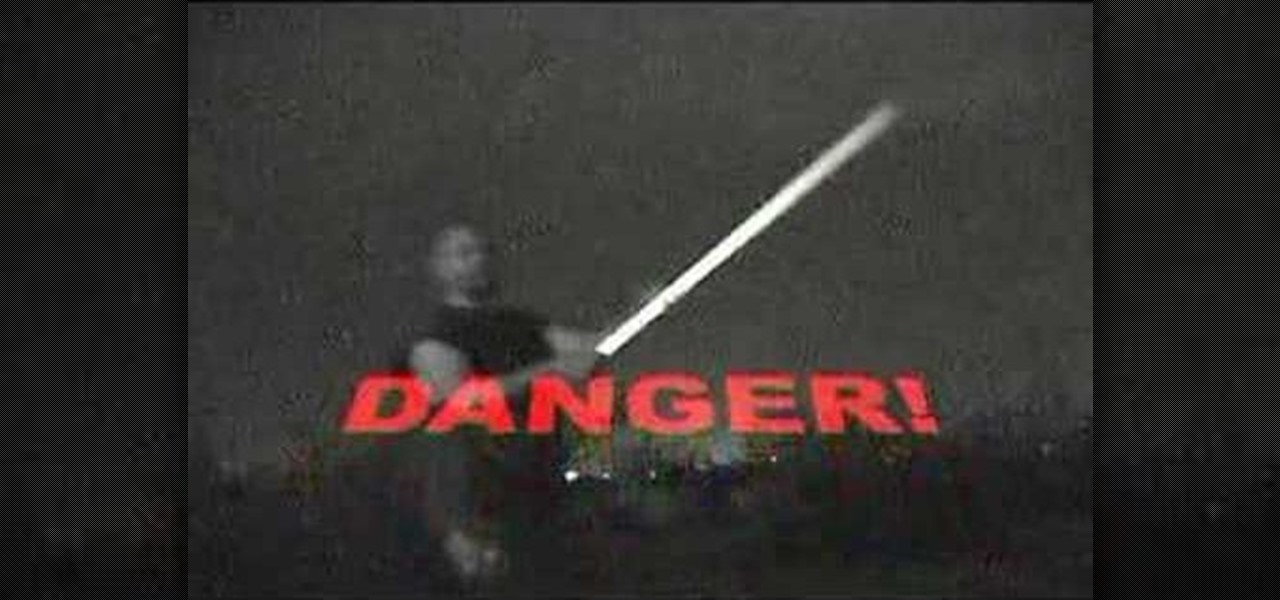
How To: Light a bulb in a microwave or near powerlines
In this video watch a simple experiment of lighting a bulb and a fluorescent tube. Makes you wonder if being so close to power lines radiates people. Hmmmmmmm
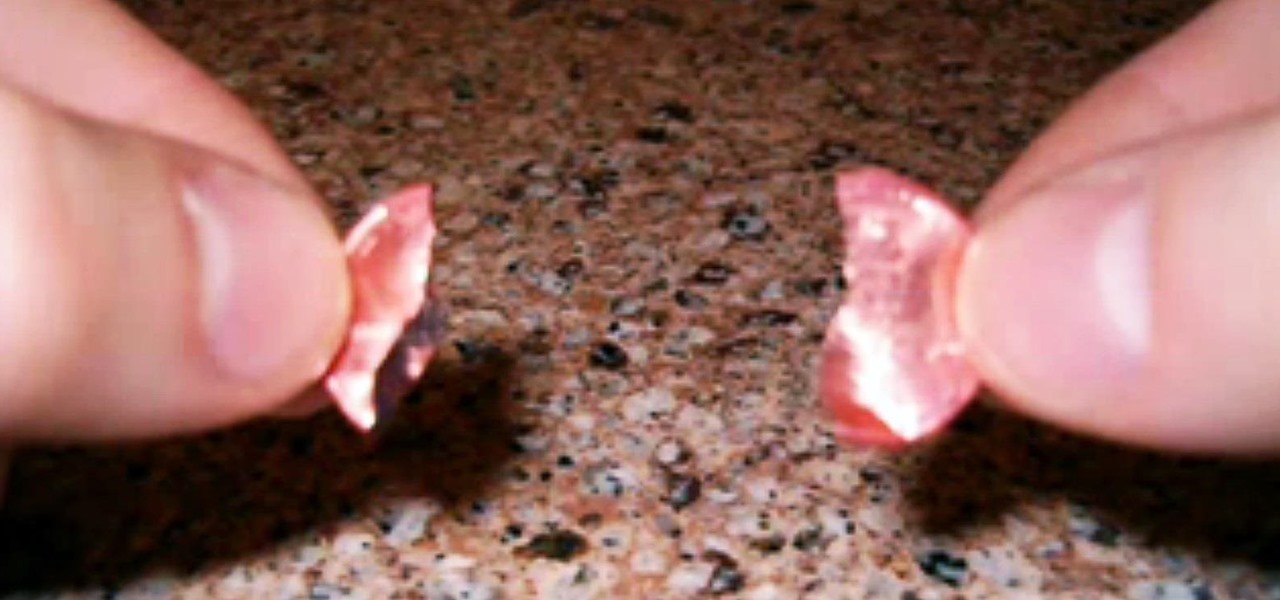
How To: Rip a Penny in Half
No, we're not lying. But before you try and tear a plain old penny in half, you should probably watch this video first or you may hurt your fingers. While ordinary pennies are very, very difficult to rip, if you get rid of the zinc core you are left with only the thin copper shell, which is itself very easy to tear apart.
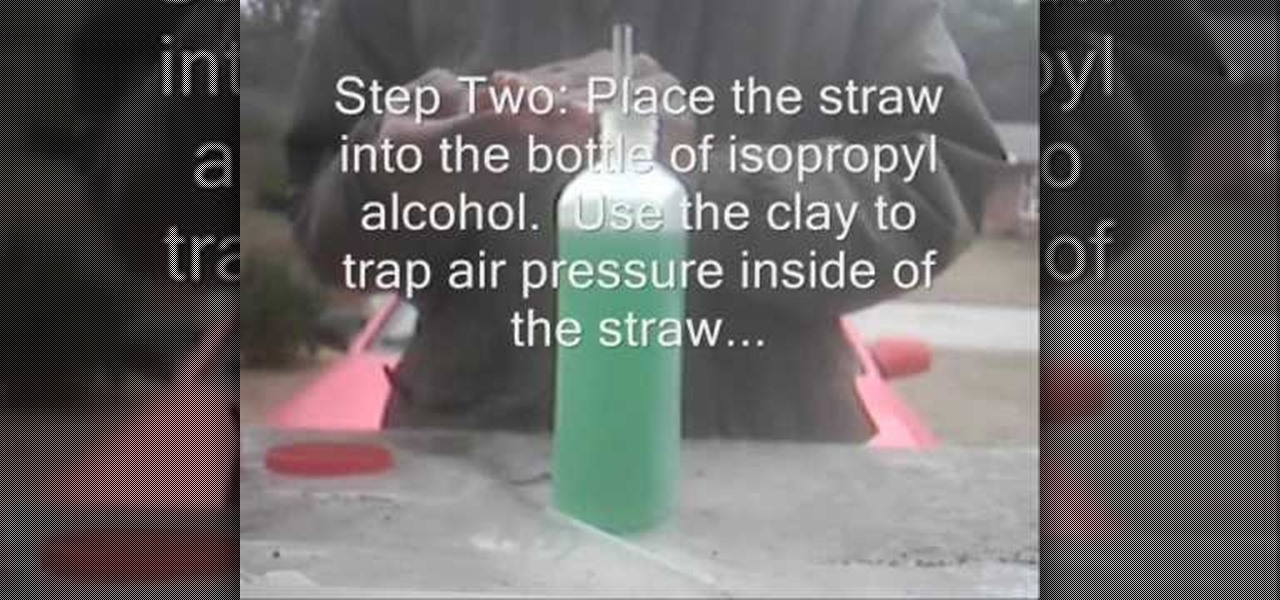
How To: Make a liquid barometer
This video will show you how to construct a barometer using isopropyl alcohol.

How To: Make a barometer to predict the weather
Ben and Kenji show you how to make a barometer to measure pressure and predict the weather!
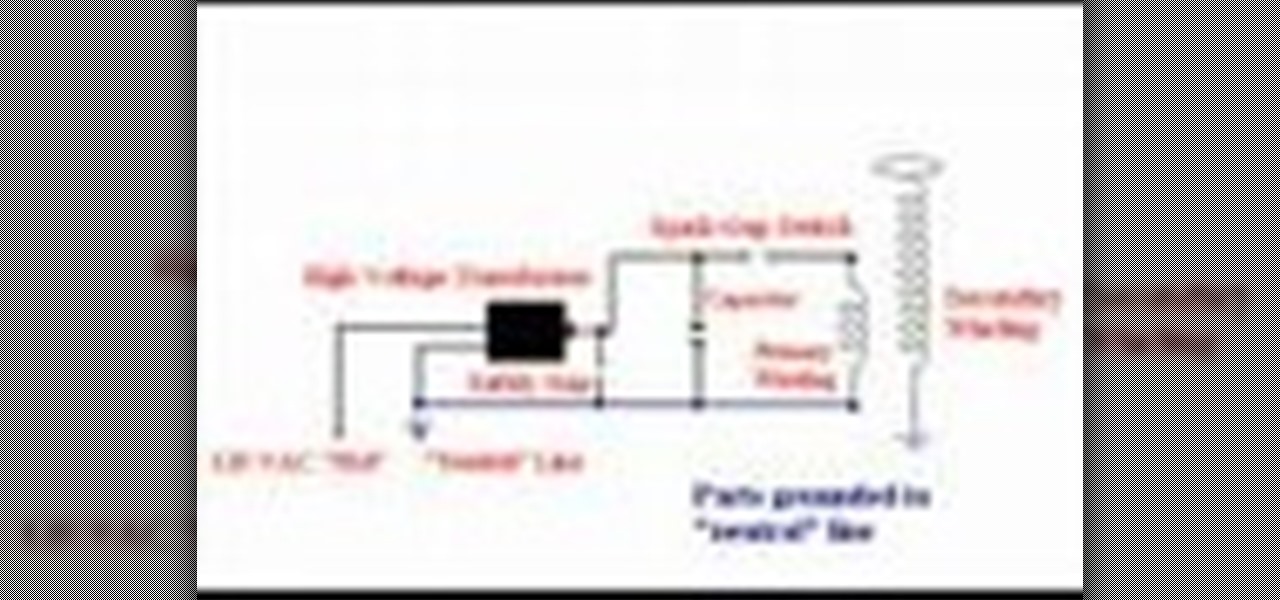
How To: Build a Tesla coil
Video showing the construction of a typical spark-gap type Tesla Coil. There was a lot of information and I couldn't cover everything in this video. So there will be more in a part 2a and 2b.

How To: Make and build a Tesla coil
Watch this video to learn how to make a tesla coil in a nutshell.

How To: Bend fiber optic light in water
Whether you're bored out of your mind or a budding scientist, this is one cool experiment to do at home. This science tutorial teaches you how to bend fiber optic light in water using a 532 nm, 50 mW laser.

How To: Draw holograms by hand
Here are various tricks which are possible with "scratch holography." To make one of these holograms, all you really need is a plastic CD case and a couple of thumb tacks pushed through a stick.

How To: Make a 3D magnetic field viewer
Watch this video to make a three-dimensional magnetic fields visible using suspended steel filaments (or iron filings).

How To: Do the dancing penny experiment
A science experiment for all ages. Keep the kids busy over the holiday. This demonstration will entertain them for hours. You can have fun making one for each of the kids in your family. All you need is a penny and a bottle.

How To: Levitate bubbles using dry ice
Another of my Halloween demonstrations. This simple but amazing video explains how everyday bubbles can float on a magic layer of air. It all has to do with density of air and some dry ice.

How To: Make a really foamy reaction with elephant toothpaste
Elephant toothpaste is the name given to the catalyzed decomposition reaction of 30% hydrogen peroxide that uses soap to collect the oxgen gas that is produced. It is a favorite of most students at chemistry shows.
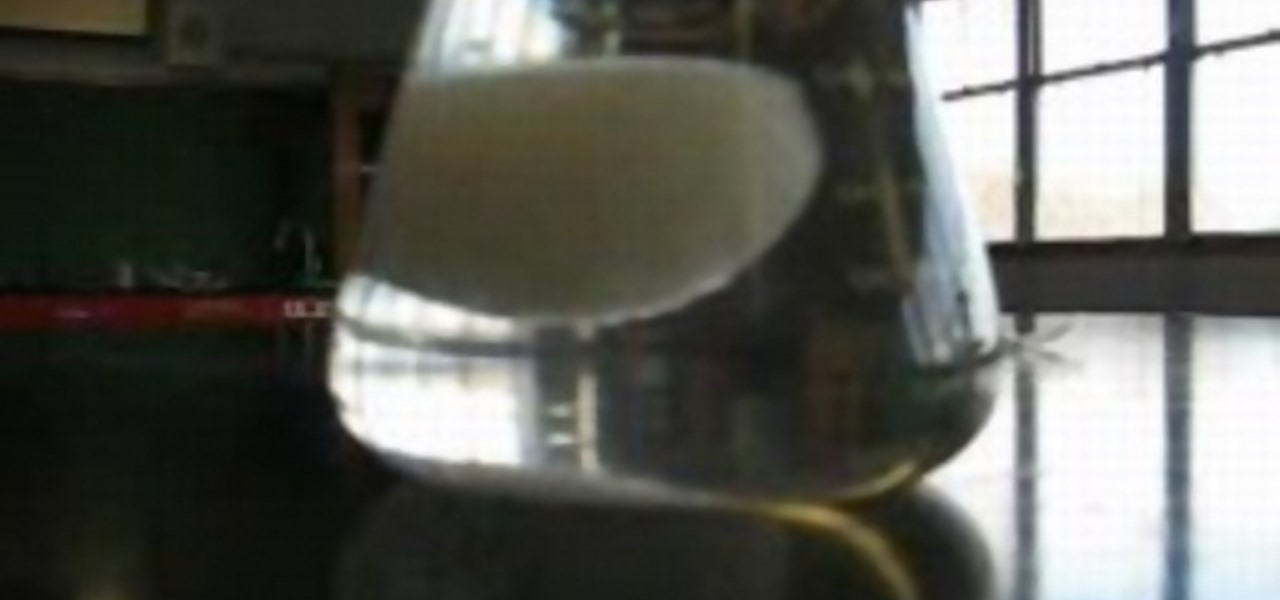
How To: Make water rapidly crystallize
A seed crystal is dropped into an unstable supersaturated solution of sodium acetate NaC2H3O2 and it completely crystallized in front of your eyes. This demonstration is prepared by heating 700 grams of sodium



